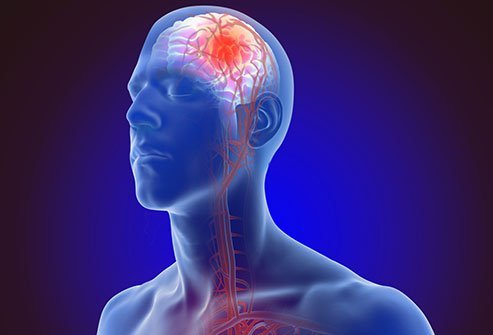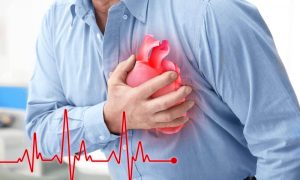Stroke or paralysis is usually secondary to high blood pressure or head trauma. The symptoms of stroke depend on the portion of the brain affected. Here’s all you need to know about the causes, symptoms, treatment, stem cell therapy for brain stroke and tips to prevent long-term brain damage
Stroke, also known as paralysis, is an attack on the brain caused by reduced oxygen supply (due to a clot) or bleeding. Stroke is usually a secondary to some other health condition like high blood pressure or sometimes head trauma where the symptoms of stroke depend on the portion of the brain affected.
In an interview with HT Lifestyle, Dr Pradeep Mahajan, Regenerative Medicine Researcher at StemRx Bioscience Solutions Pvt Ltd in Navi Mumbai, shared, “Commonly, we notice changes in walking style, weakness in limbs, drooping of the mouth on one side, speech and swallowing difficulties, etc. in patients who suffer from a stroke.”
He revealed, “Emergency treatment within the golden hour, which is the first 60 minutes after an attack, is important to prevent long-term brain damage. Unfortunately, not many patients reach a hospital in time due to various factors to initiate immediate treatment. Therefore, patients tend to have longer recovery period, often with residual function impairment.” Thus, we need treatments that are effective in the early as well the recovery and subsequent period to ensure that a patient regains his/her functional ability.
According to Dr Pradeep Mahajan, “The treatment plan differs in different periods. For example, if a patient comes in during the early period after stroke, the treatment would focus on removing the cause (removing/dissolving the clot or stopping bleeding). However, if the patient is brought in late—sometimes even after months—to manage the functional disability, the treatment would then be to remove/reduce scar tissues in the brain, if any or increase muscle power, etc.”
He explained, “Conventional treatments have limitations and side effects. While they are effective in the acute stages/in emergency, they do not work quite well to help functional recovery. This is because the signs and symptoms are mainly targeted. We need an approach like regenerative medicine, which addresses the pathology.”
Cell-based therapy is a branch of regenerative medicine in which cells, growth factors, peptides, exosomes, chaperones, etc. are used for the treatment of various conditions. The principle is that these cells and molecules are already present in the body, and they function to repair everyday damage to cells and tissues and maintain the internal environment of the body.
“In stroke, cell-based therapy can provide a healthy pool of stem cells from a different part of the body (commonly bone marrow, which is the factory of stem cells) that multiply and enhance the function of other cells. Moreover, the above-mentioned biological molecules can reduce swelling, clear the dead tissue from the affected area, improve blood and oxygen supply, etc thereby providing all-round outcomes,” said Dr Mahajan.
He added, “We have seen tremendous improvement in muscle power, walking ability, speech and the ability to perform daily activities independently. Of course, rehabilitation is an ongoing process but the results of treatment are maintained for long periods, thus helping the patient get back to routine and maintain his/her quality of life.”



































